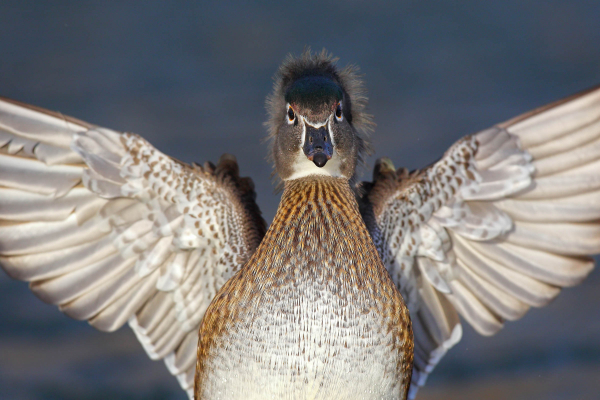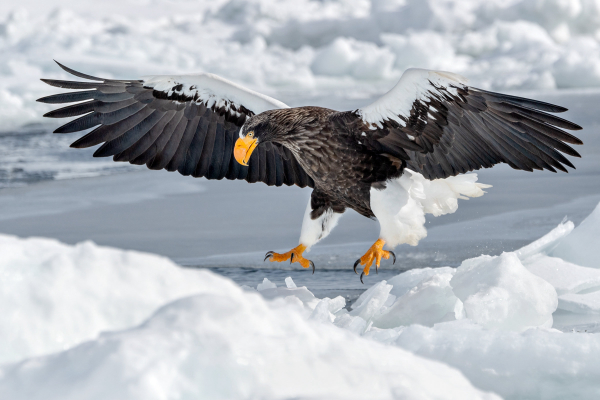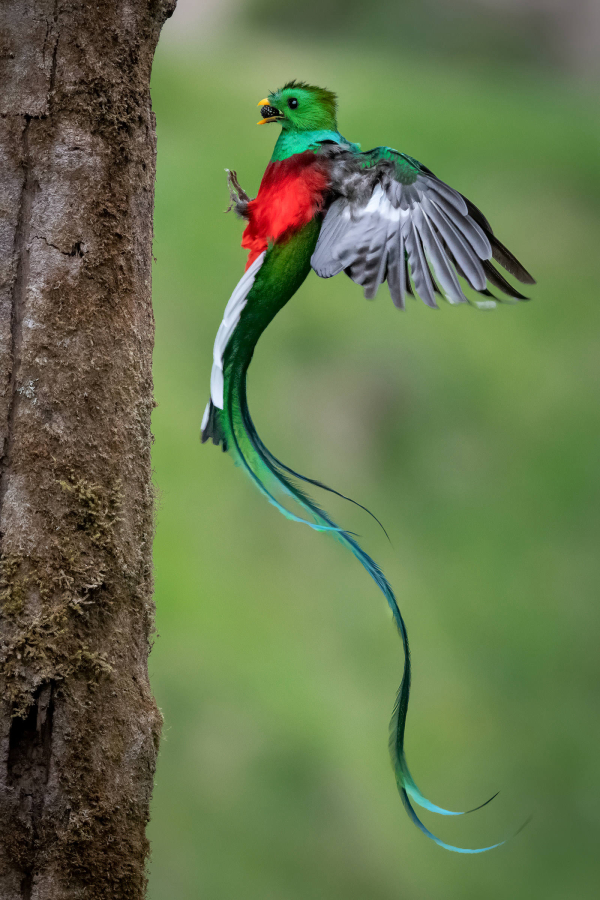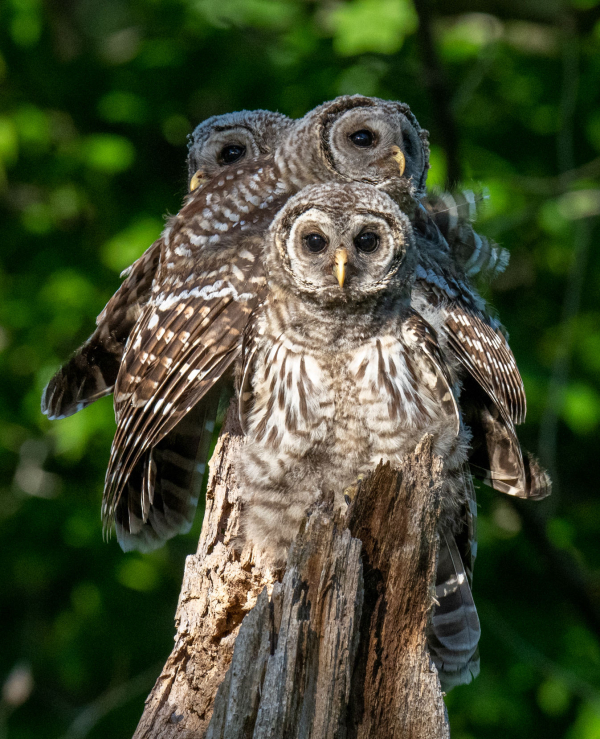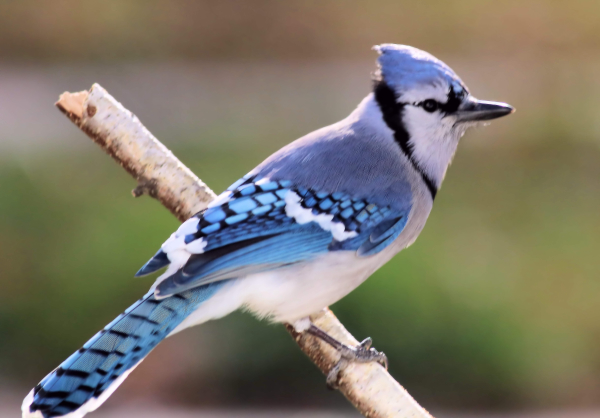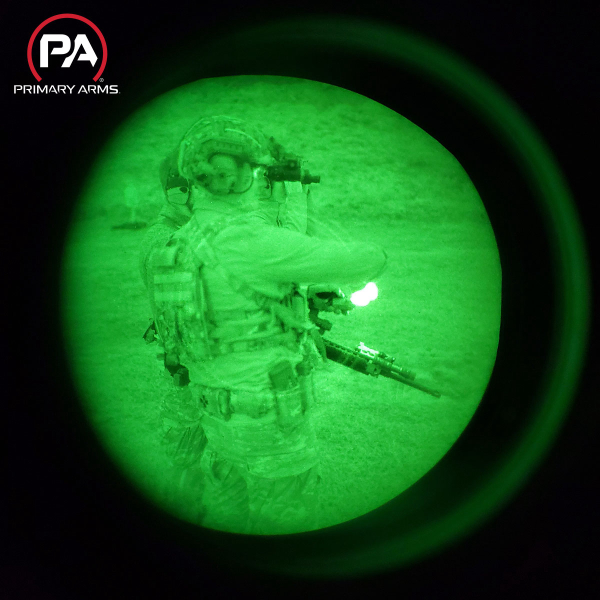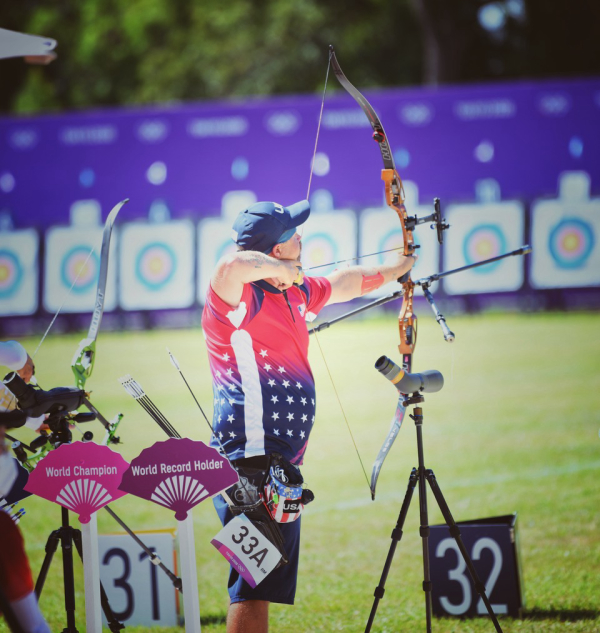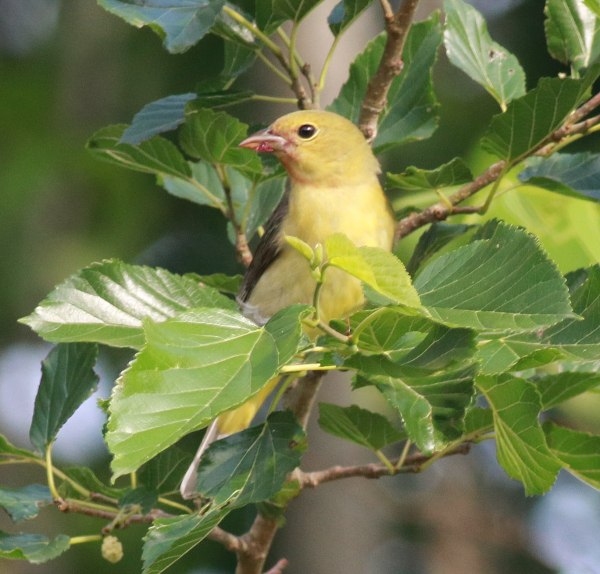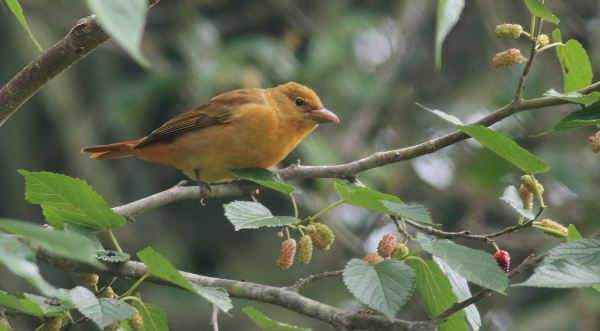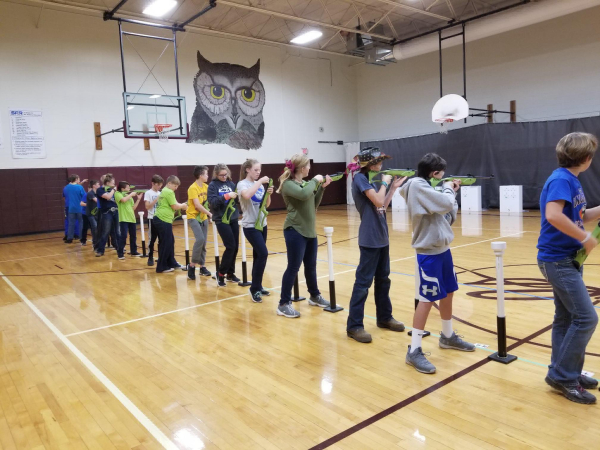Ess Lake Fishing Trip
By Glen Wunderlich
Charter Member Professional Outdoor Media Association (POMA)
Going “Up North” always carries with it a certain excitement and this time would be no different with one exception: This adventure would include my great-grandson, 11 year-old Landon. The youngster lives the city life in a suburb of Detroit and outdoor experiences are somewhat limited. My objective has always been to introduce him to various aspects of Michigan’s great outdoors, but for the most part we’ve spent our time together near my home in Shiawassee County. While it’s always fun (and, almost Up North), camping and fishing in a remote area adds to the anticipation of the great unknown.
Last year, I made a new camping checklist, as I unpacked from an excursion and put things away. That made packing rather simple, even though I packed enough gear – including a small jon boat – to stay for a month. Rustic Ess Lake State Forest Campground in Montmorency County became our chosen destination. Because these camp sites cannot be reserved, I could only hope we’d find a site within the 27 available. We did!
To my delight, we would be the only campers in area of smaller sites on our Tuesday arrival. We located the perfect site overlooking the lake, where we would carry the boat to the shore without aid of the boat launch available.
We gathered enough wood for a campfire and settled in for a quiet night, as I fiddled with my AM radio to scan distant signals through the eerie atmospheric haze caused by wildfires in Canada. A far-away coyote serenade completed the scene, although my snoozing partner missed the spooky vocals.
The next day Landon would be able to hold up his end of the boat, as we navigated the downward slope of the hill to the water with the oars, anchors, and fishing gear within. My innate cheapness meant there would be no electric or gas motor; I was the only means of propulsion and that’s the way I’ve wanted it with the tiny, lightweight boat. It also means that no boat registration is required and that makes me feel like I’m getting away with something. Ah, the silver lining.
I had already heard the unmistakable calls of loons and alerted Landon of their presence, while describing their unique water take-off involving frantic wing beats across the water’s surface before lift-off. Not only did Landon witness the unique ascent of a loon, but it had begun its flight with a fish in its mouth.
We caught a few small panfish but the youngster was having difficulty with the open-faced spinning reel I bought for him. Snarls with the fishing line prevented both of us from angling (a word Landon learned on this trip), so hooked him up with a spare rod and closed-face Zebco 33 reel. Those familiar with the Zebco brand may frown on their quality, because plastic models today are somewhat inferior. However, this American-made Zebco 33 was purchased years ago and I had taken it apart, cleaned and lubricated the gears, and finished the renovation with new line. Frustrations were behind us thanks to the more user-friendly Zebco.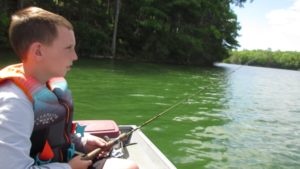
Now we were actually catching some fish. Rock bass, small mouth bass and bluegills were hungry for worms. Oh, we tried different artificial lures at first, but with no takers, so it became all hooks and bobbers. And, that’s all it took for the competitive nature in both of us to make a game of catch and release; although most of the fish were under sized; it didn’t matter to us one bit.
Before departing the camp, I wanted to offer Landon an opportunity to learn what it was like to be the “motor” and to my surprise, he agreed. I shoved him off alone and coached from shore, but for some unknown reason, the oars were not cooperating anymore. He kept his cool and somehow managed to get the rowboat back to shore, where we jointly appreciated the end to a cumbersome experiment.
No doubt, a seed was planted and nurturing it will most likely become a life-long mission for the young man. And, that’s how we pass on our great outdoor heritage.

